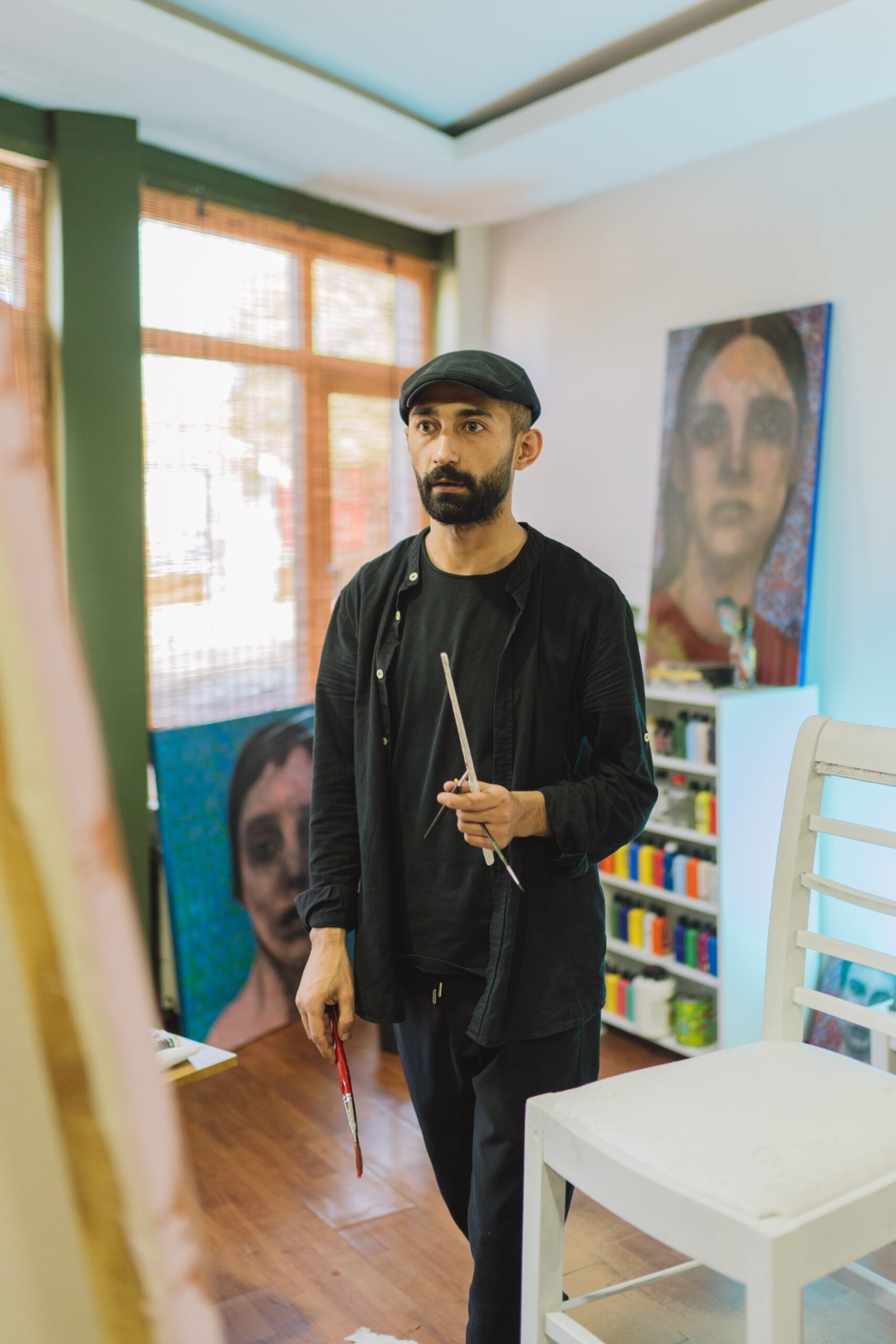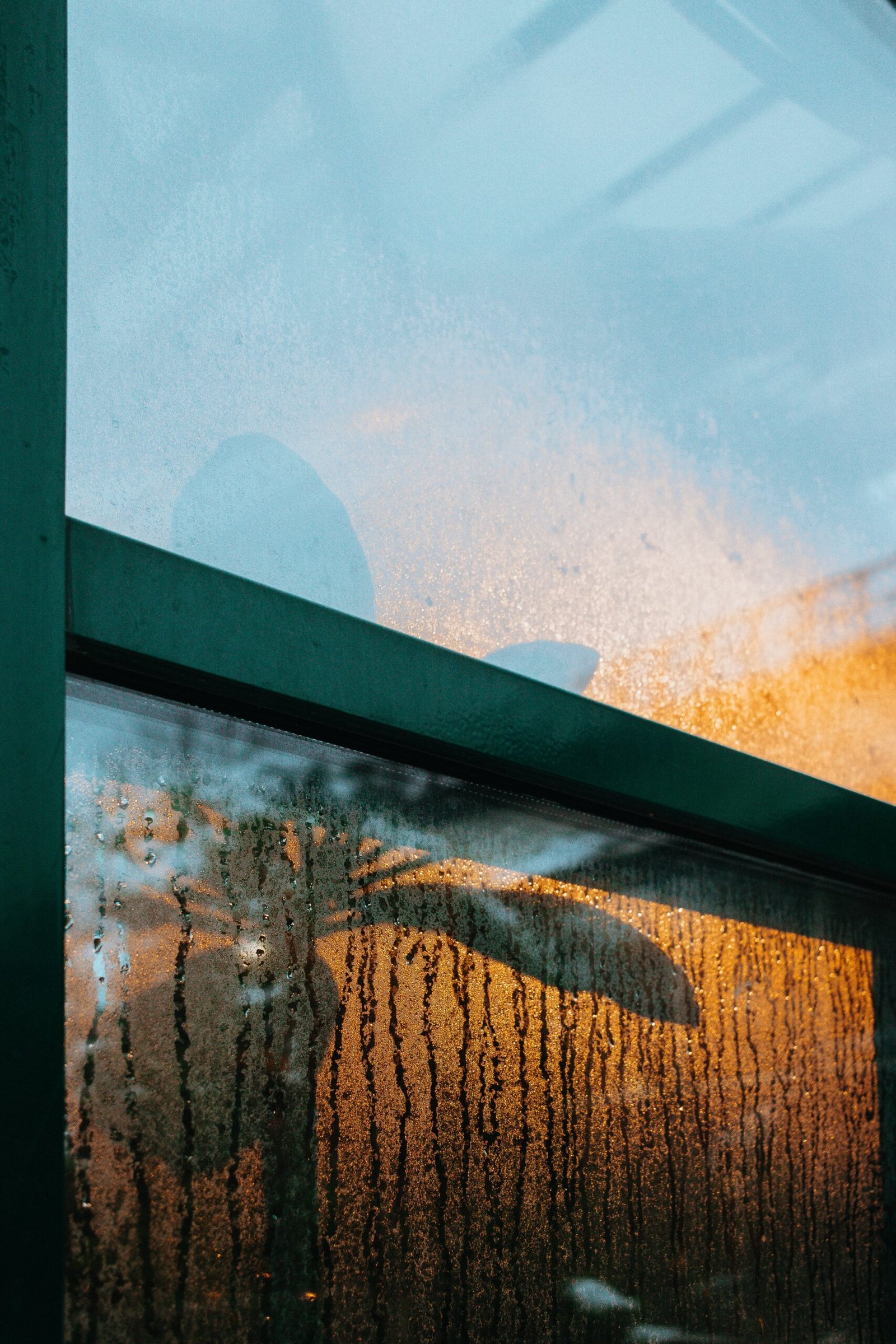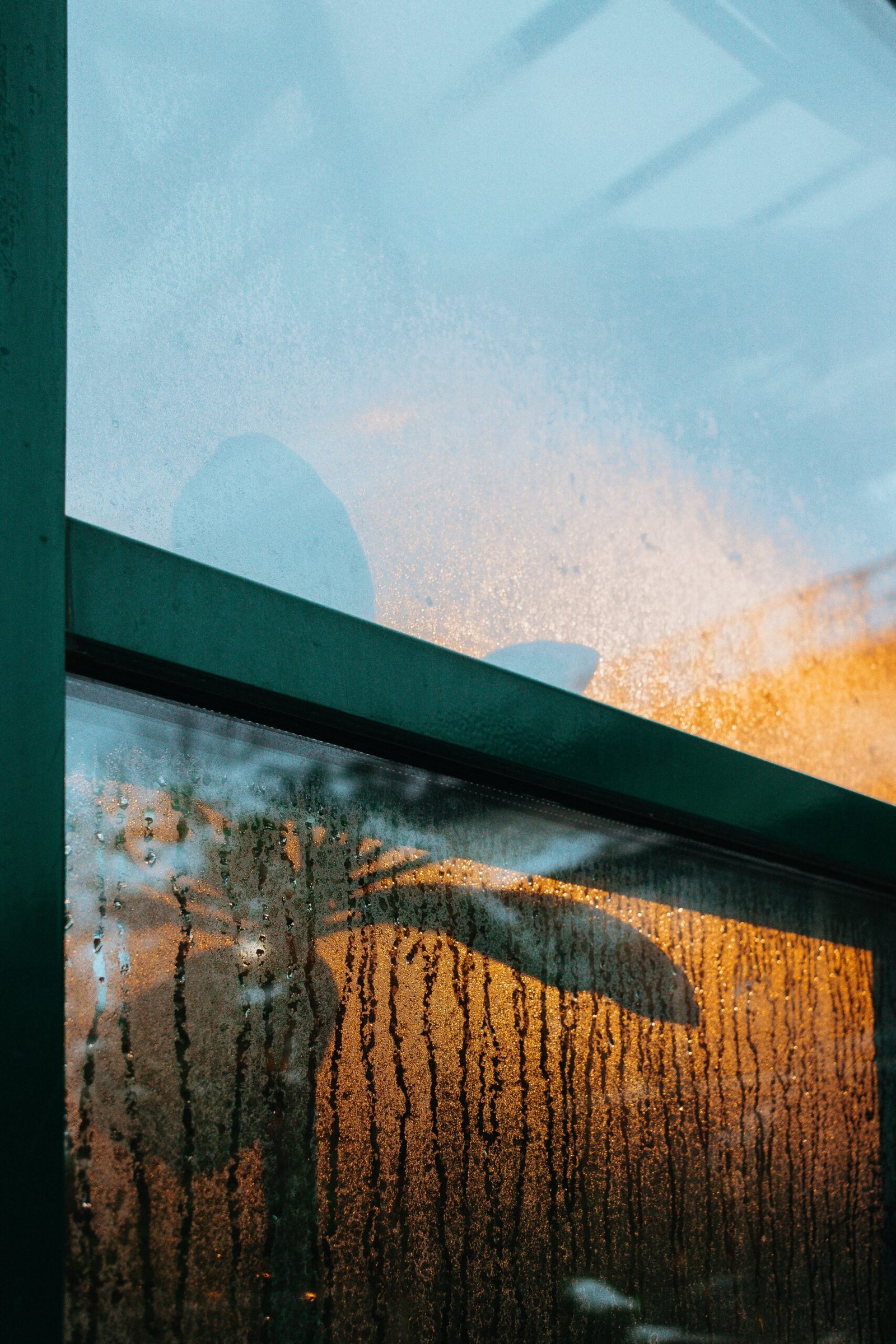Artificial Intelligence (AI) has become increasingly integrated into various aspects of our lives, challenging traditional frameworks and raising new possibilities. But have you ever wondered how AI performs in the realms of arts and music? This article explores the fascinating intersection of technology and creativity, examining how AI algorithms and machine learning techniques are being employed to compose music, create visual arts, and even mimic the styles of renowned artists. Discover the innovative ways in which AI is revolutionizing the art world and influencing our perception of what creativity truly means.
Exploring the Role of AI in Arts and Music
Artificial Intelligence (AI) is revolutionizing various industries, and the arts and music sectors are no exception. This emerging technology has the ability to create, compose, and perform art and music, igniting new possibilities for creativity and innovation. In this article, we delve into the different aspects of AI’s role in arts and music, discussing its impact on the creative process, ethical considerations, collaboration between AI and artists/musicians, emotional response, the evolution of artistic styles, enhancing accessibility, public reception, and audience interactions.
Understanding Artificial Intelligence
Artificial Intelligence refers to the development of computer systems that can perform tasks that traditionally require human intelligence. Through its ability to analyze vast amounts of data, recognize patterns, and learn from experience, AI can assist in creative processes, pushing the boundaries of what is possible in arts and music.
AI in Visual Arts
AI has found its place in the realm of visual arts, enabling artists to explore new mediums and techniques. One application of AI in visual arts is the generation of realistic and unprecedented artworks. By training neural networks on vast datasets of existing artwork, AI algorithms can produce paintings, drawings, and even sculptures that resemble the works of renowned artists. This technology allows for the preservation and continuation of artistic traditions while also fostering new artistic expressions.
AI in Music Composition
In the field of music, AI has had a significant impact on composition. AI algorithms can analyze and understand existing musical compositions, identifying patterns, harmonies, and structures that resonate with listeners. By leveraging this understanding, AI systems can generate original musical pieces, adapting to various genres and styles. This technology opens up a world of possibilities for musicians, offering them new tools for exploration, experimentation, and inspiration.
AI in Performance Art
AI is also making its mark in the world of performance art. Through the use of sensors, cameras, and machine learning algorithms, AI can interact with performers and audiences in real-time, creating immersive and interactive experiences. From AI-powered dancers to AI-guided theater productions, this technology blurs the line between performer and observer, challenging traditional notions of live performances.
Advantages and Limitations of AI in Arts and Music
While the integration of AI in arts and music brings numerous benefits, it also has its limitations. Understanding these advantages and limitations is crucial for artists, musicians, and the wider audience.
Advantages of AI in Arts and Music
One of the key advantages of AI in arts and music is its ability to enhance creativity. By providing fresh perspectives, generating new ideas, and freeing artists and musicians from repetitive tasks, AI serves as a creative partner, expanding the artistic vision. This collaboration between human creativity and AI’s analytical prowess can result in unique and innovative creations that push the boundaries of traditional art forms.
Another advantage lies in the increased accessibility. AI tools and systems enable artists and musicians, including those with disabilities, to express their creativity in ways previously unimaginable. AI-powered technologies also bridge language and cultural barriers, facilitating cross-cultural collaborations and bringing diverse artistic expressions to a wider audience.
Limitations of AI in Arts and Music
Despite its potential, AI in arts and music faces certain limitations. One significant limitation is the lack of emotional depth in AI-generated art and music. While AI systems can emulate the technical aspects of creative works, they often struggle to capture the intricate emotions and nuances that humans can convey through their art. This emotional connection between the artist and the audience may be challenging to reproduce in AI-generated content.
Additionally, AI-generated art and music may be limited by the biases present in the datasets they are trained on. If the training data predominantly represents a specific artistic style or cultural perspective, the AI-generated content may lack diversity and originality. It is essential to address these limitations and ensure that AI is used as a tool to enhance human creativity rather than replace it.

This image is property of images.pexels.com.
Impact of AI on the Creative Process
The incorporation of AI into the creative process has both positive and challenging implications for artists and musicians. Understanding these impacts is crucial to harnessing the full potential of AI in arts and music.
Enhancing Creativity with AI
AI has the power to enhance creativity by acting as a source of inspiration and a collaborator. AI algorithms can analyze vast amounts of data, including historical art and music, to provide artists and musicians with new perspectives, ideas, and possibilities. This ability to generate novel insights and suggestions can help artists overcome creative blocks and explore uncharted territories.
Moreover, AI tools can automate repetitive or time-consuming tasks, enabling artists and musicians to focus more on their creative endeavors. By freeing up their time and energy, AI allows creatives to delve deeper into their artistic practice, experiment with different techniques, and refine their craft.
Challenges Faced by Artists and Musicians due to AI
While AI offers opportunities to enhance creativity, it also poses challenges to artists and musicians. There is a concern that the integration of AI in arts and music may lead to a devaluation of human creativity and craftsmanship. As AI-generated content becomes more prevalent, there is a risk of overlooking the value of the human touch, the emotional depth, and the unique perspective that artists and musicians bring to their work.
Moreover, the learning curve associated with AI technology may be intimidating for some artists and musicians. Embracing and adapting to AI tools and systems require a certain level of technical skills and familiarity with the technology. Artists and musicians may face a dilemma in balancing their artistic pursuits with the necessity to incorporate AI into their creative processes.
Ethical Considerations in AI-Generated Art and Music
As AI becomes more involved in the creation of art and music, it raises important ethical considerations that need to be addressed.
Ownership and Attribution
One of the key ethical concerns is the issue of ownership and attribution in AI-generated art and music. Who should be credited as the creator when AI systems are involved in the creative process? Should the AI algorithms themselves be recognized as artists? These questions challenge our existing notions of authorship, intellectual property rights, and the legal frameworks surrounding creative works.
To ensure fairness and transparency, policies and guidelines need to be established to govern the ownership and attribution of AI-generated art and music. These frameworks should strike a balance between recognizing the contributions of AI systems while also acknowledging the significant role of human artists and musicians.
Authenticity and Novelty
Authenticity and novelty are also crucial ethical considerations in AI-generated art and music. Is AI capable of producing genuinely original works, or are they merely replicating existing styles and patterns? The question of authenticity arises as AI algorithms are trained on vast datasets of existing artwork and music, potentially leading to the production of content that lacks originality.
The ethical responsibility lies in ensuring that AI algorithms are designed to foster creativity, innovation, and genuine artistic expression. Striking a balance between the influence of existing artistic styles and the creation of new and unique works is vital to uphold the integrity of the artistic process.

This image is property of images.pexels.com.
Collaboration between AI and Artists/Musicians
Rather than displacing artists and musicians, AI has the potential to act as a collaborator, merging the best elements of human creativity and AI’s analytical capabilities.
Human-AI Collaboration in the Arts
Collaboration between artists/musicians and AI systems can lead to exciting outcomes. AI algorithms can be utilized to assist artists with tasks such as generating ideas, creating drafts, or providing feedback. By integrating AI into their creative process, artists and musicians can leverage its unique strengths, expanding their artistic horizons and exploring new possibilities.
This collaboration can also spark interdisciplinary connections between artists/musicians and AI experts, fostering a collective understanding of how technology can enhance artistic expression. Through shared knowledge and collaboration, new frontiers in arts and music can be explored, leading to innovative and groundbreaking works.
The Future of AI in Arts and Music
As technology continues to advance, the future of AI in arts and music holds immense potential. AI algorithms may evolve to be more adaptive, intuitive, and capable of capturing the intricacies of human emotions. The integration of AI into virtual and augmented reality experiences may create immersive environments that engage multiple senses and spark profound emotional responses.
Furthermore, as AI systems become more accessible and user-friendly, artists and musicians with varying degrees of technical expertise will be able to incorporate AI into their creative processes. This democratization of AI in arts and music may result in an explosion of diverse and unique artistic expressions worldwide.
Emotional Response to AI-Generated Art and Music
One of the fascinating aspects of AI-generated art and music is its ability to evoke emotional responses from audiences. However, the emotional effects and aesthetic appreciation of AI-generated content are subjects of ongoing exploration.
Emotional Effects of AI-Generated Art and Music
AI-generated art and music can evoke a range of emotions from viewers and listeners. The intriguing question is whether the emotional responses are influenced by knowing that the content was created by AI. Research suggests that the perception of AI involvement may shape the emotional experience, with some individuals embracing the innovation while others remain skeptical or perceive it as impersonal.
Understanding the emotional landscape created by AI-generated art and music is crucial for artists, musicians, and AI developers. By exploring how audiences interpret and respond to AI-generated content, it becomes possible to create more emotionally impactful and engaging artistic experiences.
Aesthetics and Subjectivity
AI-generated art and music challenge our understanding of aesthetics and subjectivity. The creation of art and music has historically been considered a deeply human endeavor, deeply rooted in personal expression and interpretation. The introduction of AI raises questions about whether AI-generated content can be considered “beautiful” or “meaningful” in the same way that human-created works are.
Exploring the subjective experience of AI-generated art and music is essential for discerning the interplay between AI algorithms and human perception. By understanding how individuals perceive and value AI-generated content, we can shape the development and implementation of AI tools to align with human aesthetic preferences.

This image is property of images.pexels.com.
AI and the Evolution of Artistic Styles
The integration of AI in arts and music has the potential to influence the evolution of artistic styles and approaches.
Adapting and Preserving Traditional Styles
AI algorithms trained on historical artistic masterpieces have the ability to analyze and emulate specific artistic styles. By doing so, AI can assist artists in exploring traditional styles that might have otherwise been lost or forgotten over time. This process of adapting and preserving traditional styles allows for a continuation of artistic legacies and the exploration of previously unexplored artistic possibilities.
Creating New Artistic Styles
AI’s ability to analyze vast datasets and generate novel patterns and styles opens the door to the creation of new artistic movements. AI algorithms can amalgamate diverse artistic influences, challenging conventional boundaries and definitions. This collaborative approach to artistic creation may result in the emergence of entirely new artistic genres and expressions that push the boundaries of human imagination.
Enhancing Accessibility through AI in Arts and Music
One of the most compelling aspects of AI in arts and music is its potential to enhance accessibility and inclusivity.
Empowering Artists with Disabilities
AI-powered tools can provide unique opportunities for artists and musicians with disabilities. These technologies can assist individuals in overcoming physical or cognitive challenges, enabling them to express their creativity in ways that were previously unachievable. By breaking down barriers, AI fosters a more inclusive and diverse creative landscape, celebrating the unique perspectives that artists with disabilities bring to the table.
Bridging Language and Cultural Barriers
AI has the potential to bridge language and cultural barriers, facilitating cross-cultural collaborations and fostering global artistic exchange. Through translation algorithms, AI can enable artists and musicians from different linguistic and cultural backgrounds to collaborate seamlessly. This integration of diverse influences and perspectives enriches the artistic process and expands the horizons of creative expression.
Public Reception and Perception of AI in Arts and Music
As AI becomes more prevalent in arts and music, understanding how the public perceives and receives AI-generated content becomes crucial.
Acceptance and Resistance
The public reaction to AI-generated art and music varies greatly. While some embrace the innovation and novelty, others may be skeptical or resistant to the idea of AI’s involvement in creative processes. Addressing concerns and fostering understanding about the role of AI in arts and music is essential for building public acceptance and appreciation.
Education and dialogue play a crucial role in shaping public perception. By providing insight into the benefits and limitations of AI, artists, musicians, AI developers, and researchers can contribute to a broader understanding and acceptance of the integration of AI in arts and music.
Expectations from AI-Generated Art and Music
The increasing role of AI in art and music raises expectations and challenges traditional perspectives. Audiences may have varying expectations of AI-generated works, with some anticipating groundbreaking innovations and others harboring concerns about the impact on human creativity.
Artists, musicians, and AI developers must strive to meet these expectations while fostering an understanding of the collaborative relationship between AI and human creativity. Balancing technical capabilities with artistic integrity is essential in order to address these expectations and capitalize on the full potential of AI in arts and music.
The Role of AI in Changing Audience Interactions
AI has the potential to revolutionize the way audiences interact with art and music, pushing the boundaries of traditional audience-performer relationships.
Customized Experiences
AI-powered technologies enable the customization of artistic experiences according to the preferences and characteristics of individual audience members. By analyzing data and feedback in real-time, AI algorithms adapt performances, exhibitions, or installations to create personalized and immersive experiences. This level of customization enhances engagement, making the audience an active participant in the artistic process.
Interactive Installations
AI’s ability to analyze and respond to sensory stimuli can create interactive installations that encourage audience participation. From dynamic visual displays that react to movement or sound to music performances that adapt based on audience response, these interactive installations push the boundaries of traditional passive observation. By blurring the line between the audience and the artwork, AI facilitates a more immersive and engaging artistic experience.
In conclusion, the integration of AI in arts and music opens up unprecedented possibilities for creativity, collaboration, and innovation. While AI brings advantages such as enhanced creativity, increased accessibility, and new artistic styles, it also poses challenges in terms of emotional depth, ethical considerations, and changing audience dynamics. Embracing the potential of AI requires a collaborative approach that values the unique perspectives and strengths of human artists while harnessing the analytical capabilities of AI systems. By navigating these opportunities and challenges, we can shape an artistic landscape that champions diversity, creativity, and inclusivity in the era of artificial intelligence.
